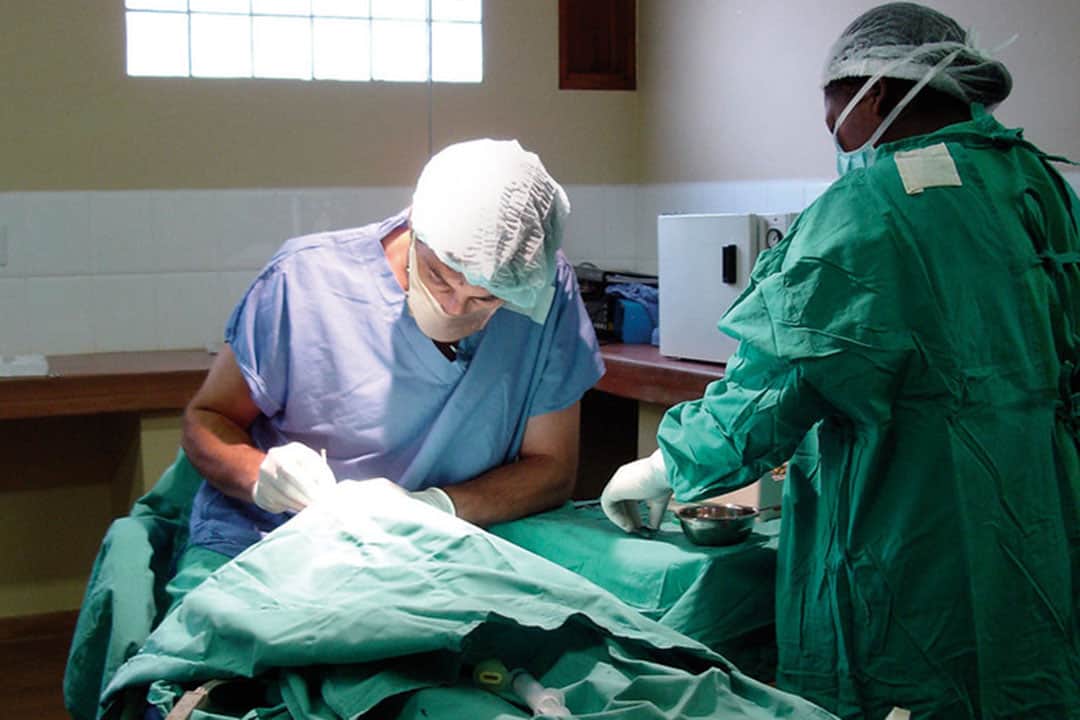A new technique co-developed by U of T researchers uses light-based therapy to kill viruses in organs meant for transplantation. The method lets physicians treat human donor lungs infected with Hepatitis C, preventing viral transmission to the organ recipient.
The co-authors of the procedure, published in Nature, are hopeful that it could vastly increase the number of organs eligible for transplantation in North America.
The new surgical technique is based on existing methods
This technique uses an existing procedure known as ex-vivo lung perfusion. Here, after retrieval by practitioners, the lungs are placed in a chamber with a circuit and specific liquids flow through the organs’ vasculature.
During this circuit the solution passes through the lungs, washing out a lot of viruses. The newly developed technique uses a machine with two light-based therapies — namely, ultraviolet C irradiation and photodynamic therapy — to eventually sterilize the organs before the transplantation.
The research team developed a customized illumination device which is attached to the machine where perfused liquid passes through, irradiating the virus and therefore inactivating it with light.
The researchers aim to further develop the technique by treating the lungs themselves with light, not just the liquid that passes through them. To achieve this, more research is needed on the optical properties of the lungs to engineer new technology to illuminate them.
Adding organs to the donor pool
Co-author Dr. Marcos Galasso, a U of T thoracic surgeon and ex-vivo lung perfusion specialist, stressed the importance of this new technique in an interview with The Varsity.
“There is a great need for donor organs,” he said, “[which has led] to some people dying on the waiting list for transplantation.”
Galasso added that treating Hepatitis C-infected donor lungs alone could make a huge impact on the donor pool due to the opioid crisis gripping North America. He noted that most patients who die from drug overdoses test positive for the virus.
According to Galasso, if health care practitioners could add volunteers infected with Hepatitis C to the donor pool, there could between 1000 to 2000 new lung donors eligible per year in North America.
“We could actually have a massive impact in the organ donation environment in North America [with this surgical technique].”


